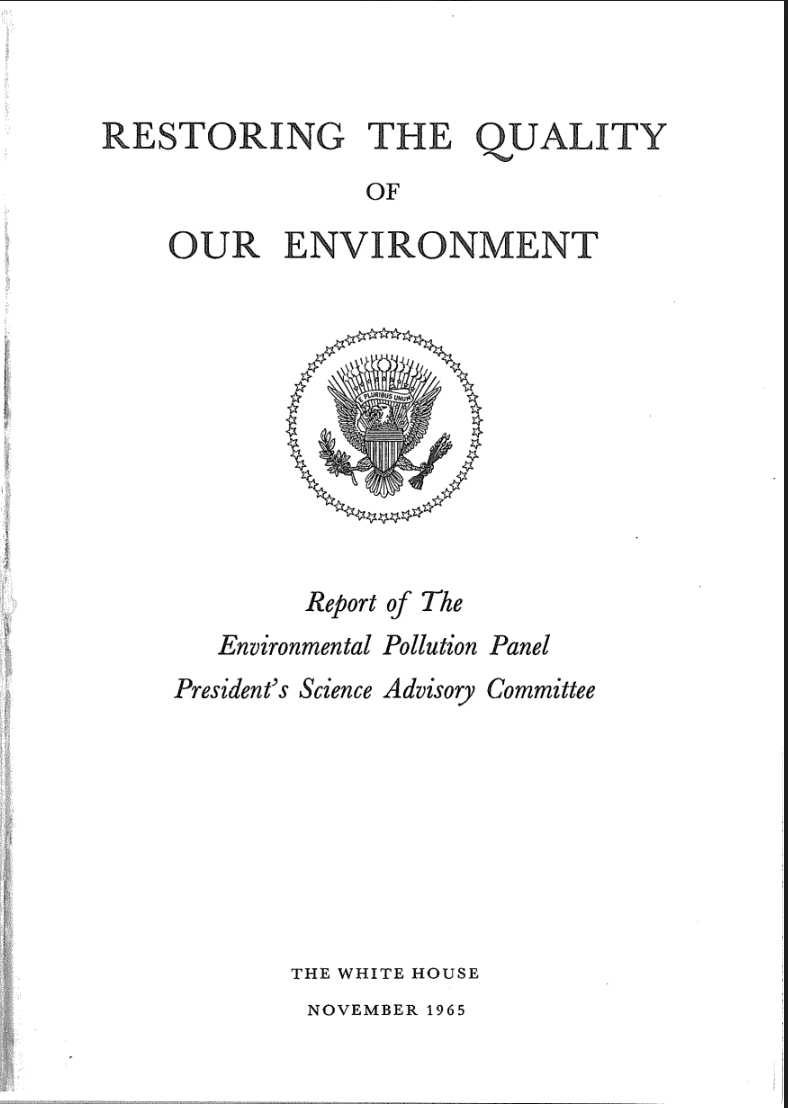It is an indisputable scientific fact that the planet is warming to life-threatening levels. The politically proposed solution to solve this human rights crisis is to limit average global heating to 1.5°C. However, there is no scientific support for the notion that if we hold to 1.5°C above pre-industrial temperatures, as called for by the Paris Agreement, we will stabilize the Earth’s climate system and protect humanity, especially children and future generations. To the contrary, the best available scientific evidence concludes—with a high degree of certainty—that heating to 1.5°C is not safe. The proof is in the exhaustive research documenting that 1.5°C of heating will be dangerous for billions across the globe. To protect human rights, especially children’s rights, global leaders must instead commit to returning atmospheric CO2 from the current ~420 parts per million (ppm) to below 350 ppm as soon as possible. Only then will we remove Earth’s current energy imbalance and the ongoing accumulation of too much heat.
The backstory
The 1890s marked a key moment in the history of climate science. Britain had started to burn large amounts of coal, sparking Dr. Svante Arrhenius’s realization that if humanity burned coal long enough, it could warm the planet. In 1903, he received the Nobel Prize in Chemistry and made the scientific deduction that burning fossil fuels would increase the concentration of greenhouse gases—especially CO2—and could cause global warming.
Understanding that the quantity of atmospheric CO2 mattered, the scientific community sought to determine how to measure the level of this heat-trapping gas in our atmosphere. In 1958, Dr. David Keeling succeeded, marking the moment the world could watch the destabilization of the atmosphere in real-time. In 1958, the level of atmospheric CO2 was 315 ppm. In 2022, it reached ~419 ppm—an increase of over 100 ppm in 65 years. The deliberate decisions of governments worldwide to continue to build fossil fuel-based energy systems since the 1960s, all the while knowing that increased CO2 would condemn humanity to life in a climate minefield, is—simply put—unconscionable.

"[B]y the year 2000 the increase in atmospheric CO2 . . . may be sufficient to produce measurable and perhaps marked changes in climate,” that “could be deleterious from the point of view of human beings."
- White House Report: Restoring the Quality of Our Environment, November 1965
Concerned by the dangers of excessive CO2 and equipped with the ability to measure it, the scientific community began to ask, “What level of atmospheric CO2 is safe?”
In 2008 and 2013, one of the world’s leading climate scientists, Dr. James Hansen, collaborated with other leaders in their fields to publish analyses that established the target for which humanity should aim. Jumping straight to the punchline, the best available scientific research holds that we were—and are—“already in the danger zone,” identifying 350 ppm (or less) as the target to achieve climate stability. In addition to identifying this target, the 2013 paper proposes that “Earth’s energy imbalance” should be used as the metric to monitor and gauge the effects of climate change and, in turn, evaluate how well governments are bringing climate change under control. Today, Earth’s energy imbalance has been described as the “most critical” metric for determining “the prospects for continued global warming and climate change.” Over the last decade, the 350 ppm limit and the importance of Earth’s energy imbalance to restoring our climate system have only been corroborated and strengthened. In short, reducing atmospheric CO2 to below 350 ppm will allow the excess heat trapped on Earth to be released back into outer space, restoring Earth’s energy balance.
Earth’s energy imbalance and why this metric is reliable
While climate science is intricate, the timeless principles of atmospheric physics and chemistry are elementary. Simply put, certain molecules in our atmosphere—primarily nitrogen and oxygen—enable the heat energy that comes in from the Sun to be radiated back into space. In contrast, CO2 and other greenhouse gas molecules in the atmosphere absorb the thermal energy emitted off the Earth’s surface. So, instead of leaving the atmosphere for space, the energy remains trapped. Without naturally occurring CO2 and other greenhouse gasses, Earth would be freezing. With too much of those same gases emitted from the burning of fossil fuels and collecting in the atmosphere over time, Earth heats, leading to climate instability.
By analogy, CO2 and other gases act like a blanket wrapped around the Earth, trapping energy inside our atmosphere. As atmospheric CO2 traps more and more heat, the Earth’s energy system becomes imbalanced. This process results in rising global temperatures that heat our oceans, further melt snowpack, glaciers, ice sheets, and sea ice, cause sea-level rise, and exacerbate extreme events like heat waves, storms, floods, drought, and wildfires. While the increased frequency and magnitude of these climate-related events is alarming, the scientific community is also concerned about climate tipping points, also known as points of no return. If one tipping point is crossed, it increases the likelihood that others may follow, risking a “tipping cascade” of impact that could further reinforce global warming and result in runaway effects that cannot be controlled and may make large areas of our planet uninhabitable.
There are a number of reasons Earth’s energy imbalance is a more important metric than the temperature increase on Earth’s surface. Here are two. Imbalance considers the additional warming already in the pipeline from past emissions, while average global temperature measurements do not. Consequently, the use of temperature alone obscures the extent of global warming. Further, Earth’s energy imbalance reflects the gravity and urgency of the current climate crisis more accurately than the Paris temperature targets. Global average surface temperatures have reached ~1.1°C–1.3°C above pre-industrial levels, giving the erroneous impression that an unused “budget” remains for states to continue safely emitting CO2 before the Paris temperature target of 1.5°C is reached. That is simply false. Atmospheric CO2 has exceeded ~420 ppm, overshooting the scientifically endorsed 350 ppm limit for a stable climate and correctly reflecting that Earth has no carbon budget left.
Earth’s balance sheet today
The consequence of this overshoot is that humanity is already immersed in a climate emergency. The ever-growing body of science verifies the devastating outcomes resulting at ~1.1°C–1.3°C above the global average temperatures of Earth since the Industrial Revolution in the 1800s. Since 2020 alone, the world has experienced historic heat waves across Europe, Africa, Asia, North America, and South America. Flooding and extreme rain in Pakistan, Brazil, Vietnam, the United States, and several nations in Europe and Africa have caused mass displacement, injury, illness, and death. The continuation of decade-long droughts in Africa, Asia, and other regions in the Northern Hemisphere are causing people to starve as communities experience food and water scarcity. The scale and frequency of historically destructive fires from the North American West to Australia result in not only the loss of homes but also the loss of livelihoods and lives.
If communities are already suffering this much with an average global warming of between ~1.1°C and 1.3°C, we must ask why global leaders adopted an even higher average temperature goal as their target, which will result in even more suffering and devastation? Instead, why not protect human rights by aiming for the target science calls for?

